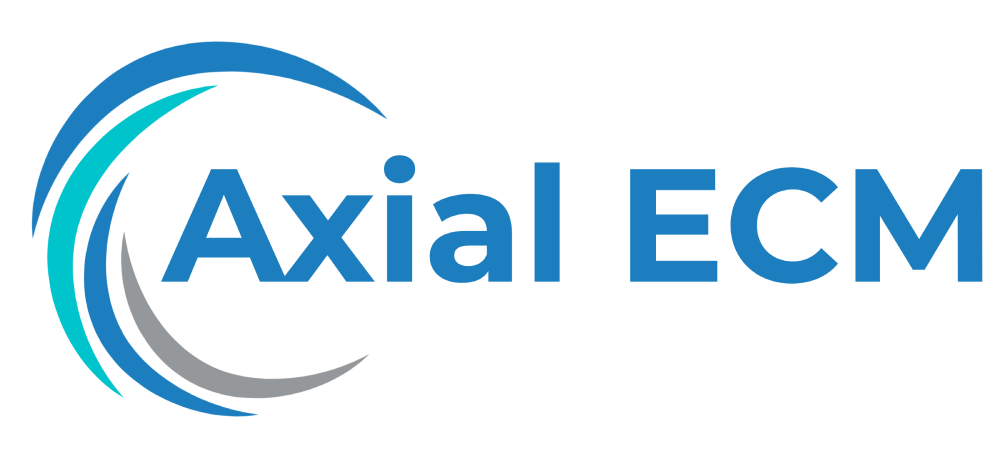ECM Industry Trends: Covering the latest developments, innovations, and trends in the ECM industry.
Advancements in ECM Collaboration Tools for Remote Workforces
The ongoing COVID-19 pandemic has accelerated the trend of remote workforces, forcing businesses to adapt and find innovative solutions to facilitate collaboration and document management. Enterprise Content Management (ECM) systems have long been a critical component of business processes, but with the rise of remote work, there is an increasing demand for ECM collaboration tools that empower employees to work seamlessly together, even when geographically dispersed.
The Need for ECM Collaboration Tools
Remote work has become the new normal, and businesses across various industries are embracing this flexible working environment. However, collaborating on projects, managing documents, and maintaining version control can become challenging when teams are physically apart.
ECM collaboration tools effectively bridge this gap by providing employees with a virtual workspace where they can access and collaborate on documents in real-time, regardless of location. These tools not only enable teams to work together efficiently but also improve overall productivity, streamline document workflows, and enhance document security.
Key Advancements in ECM Collaboration Tools
The ECM industry has been quick to respond to the increased demand for collaboration tools that cater to remote workforces. Here are some key advancements:
1. Cloud-Based Solutions
Cloud-based ECM solutions have gained popularity due to their scalability, cost-effectiveness, and accessibility. These solutions allow employees to access, edit, and share documents from any device with an internet connection. Cloud-based ECM collaboration tools also offer features such as version control, automated backups, and efficient document search capabilities, improving collaboration across teams.
2. Real-Time Collaboration
Real-time collaboration features allow multiple users to work simultaneously on the same document. This eliminates the need for back-and-forth email exchanges and enables swift decision-making. Within ECM systems, these features often include document co-editing, comment threads, and live chat functionalities, providing a dynamic virtual workspace where teams can collaborate seamlessly.
3. Mobile Accessibility
With the rising use of smartphones and tablets, ECM collaboration tools have evolved to offer mobile accessibility. Employees can access, edit, and share documents on their mobile devices, enabling them to stay connected and productive while on the go. Mobile accessibility ensures that teams can collaborate regardless of their physical location, improving efficiency and productivity.
4. Artificial Intelligence and Machine Learning
ECM collaboration tools integrated with artificial intelligence (AI) and machine learning (ML) capabilities have transformed document management and collaboration. These technologies can analyze documents and classify them automatically. AI-powered search functionalities within ECM systems enable users to find relevant information quickly. Machine learning algorithms also enable intelligent content recommendations and automated workflows based on past user behavior and preferences.
5. Enhanced Security
As remote work introduces new security challenges, ECM collaboration tools have advanced to ensure document security. Robust authentication protocols, encryption techniques, and access controls can protect sensitive documents from unauthorized access. Granular permissions allow administrators to define who can view, edit, or share specific documents, ensuring data privacy and compliance.
The Benefits of Using ECM Collaboration Tools
Implementing ECM collaboration tools for remote workforces offers numerous benefits to organizations:
- Improved Collaboration: ECM collaboration tools facilitate real-time collaboration and enable teams to work together seamlessly on documents. This leads to improved productivity, efficient decision-making, and faster document turnaround times.
- Enhanced Document Security: ECM collaboration tools offer advanced security features, such as encryption, access controls, and user permissions, ensuring that sensitive documents are protected from unauthorized access or data breaches.
- Streamlined Document Workflows: ECM collaboration tools automate document workflows, reducing manual tasks and eliminating the risk of documents being lost or misplaced. This streamlines processes, minimizes errors, and improves overall efficiency.
- Improved Version Control: With ECM collaboration tools, teams can easily track document versions, view revision history, and manage changes. This ensures that everyone is working on the most up-to-date version of a document and avoids confusion or information gaps.
- Increased Accessibility and Flexibility: Cloud-based and mobile-accessible ECM collaboration tools allow employees to access and work on documents from anywhere, at any time, on any device. This flexibility enhances productivity and facilitates remote collaboration.
The Future of ECM Collaboration Tools
As remote work continues to gain momentum, the ECM industry will further innovate to meet the evolving needs of remote workforces. Some future trends in ECM collaboration tools include:
- Integration with Project Management Systems: Integration with project management tools will enable seamless collaboration between ECM and project management systems, offering a comprehensive solution for remote teams.
- Advanced Analytics and Reporting: ECM collaboration tools may incorporate advanced analytics and reporting capabilities to provide insights into team collaboration, document usage, and productivity metrics.
- Virtual Reality and Holographic Collaboration: Emerging technologies like virtual reality and holographic collaboration may find their way into ECM collaboration tools, revolutionizing how remote teams interact and collaborate in a virtual space.
Conclusion
ECM collaboration tools have come a long way in meeting the challenges posed by remote workforces. With advancements such as cloud-based solutions, real-time collaboration features, mobile accessibility, AI and ML integration, and enhanced security measures, these tools empower organizations to bridge the geographical gap and foster efficient collaboration among remote teams. As businesses continue to embrace remote work, ECM collaboration tools will continue to evolve to meet the changing demands of remote workforces, ensuring seamless collaboration and document management.
